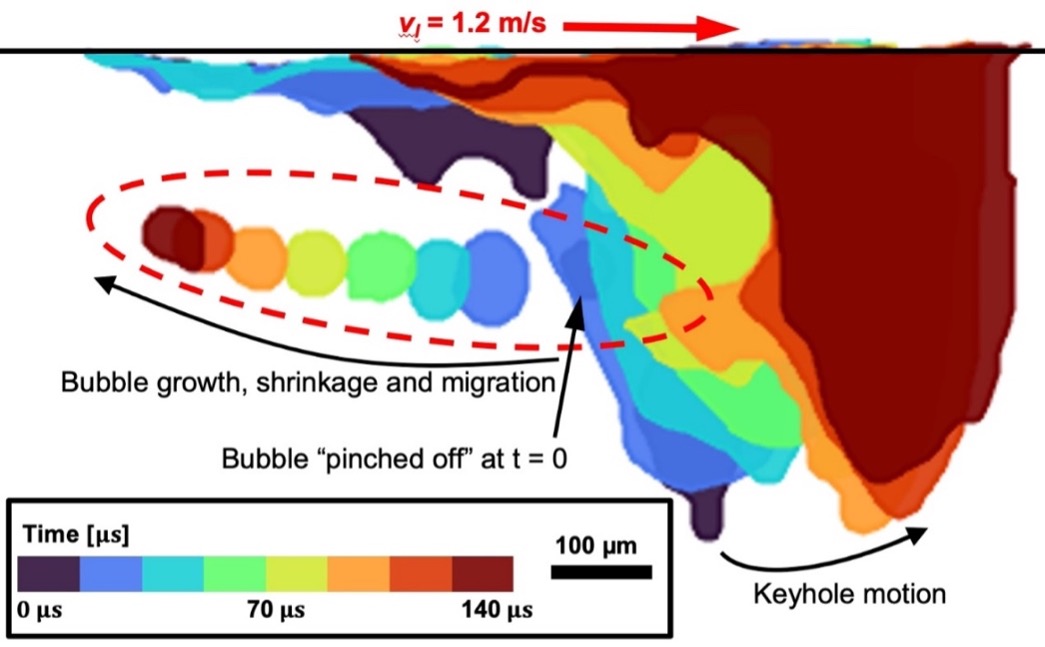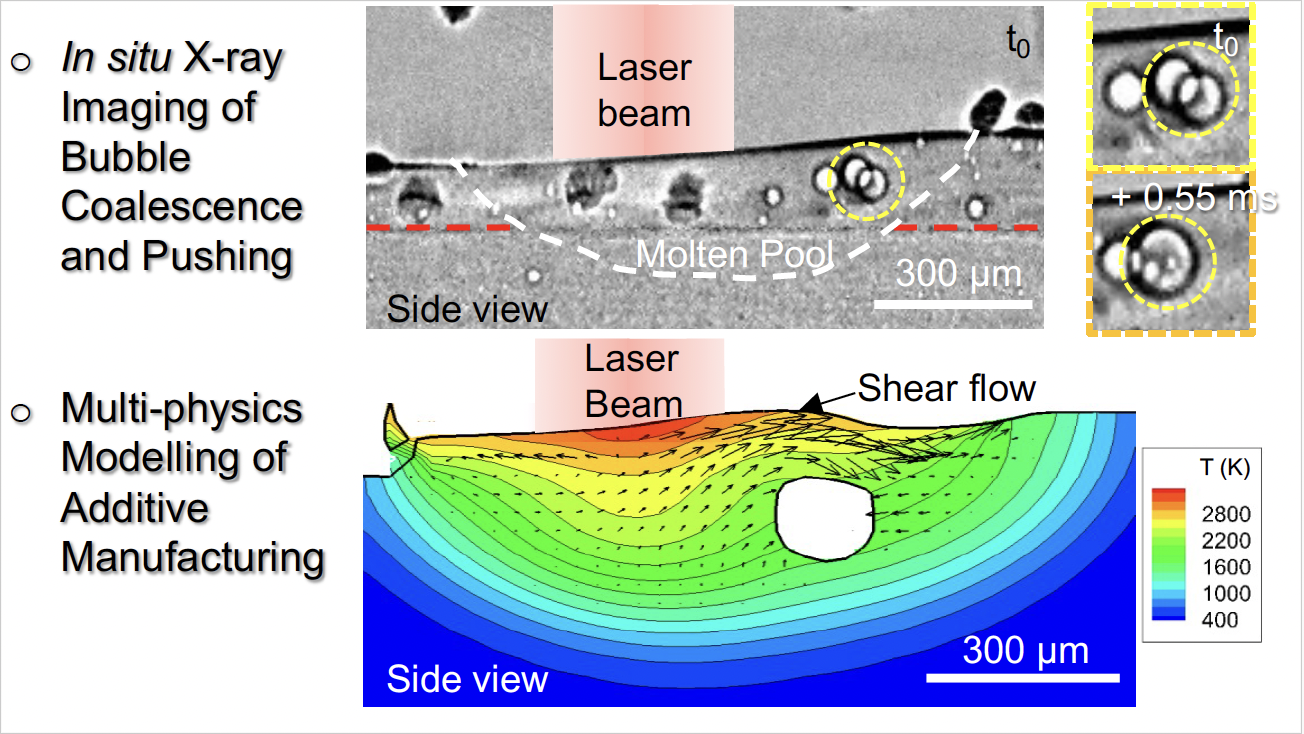All Publications /
Publications:
Making our parts work harder – getting started with functional materials for 3D printing
05 / 04 / 22
PAPER: Making our parts work harder – getting started with functional materials for 3D printing
PUBLICATION: Journal of 3D Printing in Medicine
AUTHOR: Majewski, C.
New materials provide the potential for major improvements in polymer 3D printing but can be complex to develop and optimise.
The use of functional additives incorporated into ‘standard’ polymers can provide an effective method of achieving new or improved part properties; this is particularly attractive for medical uses.
This editorial article explains a general process for developing new material combinations, the benefits and potential stumbling blocks.
Using the polymer laser-sintering process as an example, the article highlights the main steps toward the early-stage testing and development of novel material combinations. In the example, the focus is the incorporation of a specific concentration of additive into a base polymer to provide antibacterial functionality. The discussion includes the importance of understanding the 3D-printing process being used, testing the materials to see if there is any potential to harm human cells, and the preference for material to be homogeneous throughout parts. Micro-computed tomography, depending on the additive used, can be used to identify the dispersion of additive throughout the parts.
“There is no doubt that new and varied material combinations will play an important role in increasing the usefulness of 3D-printing techniques, both in medicine and more broadly.
“As the processes themselves develop further, we are likely to see increasing numbers of applications taking advantage of a combination of both the geometric capabilities of 3D printing and novel materials – the outlook is exciting!”
Click here to view the article.
(Majewski, C., (2022) Making our parts work harder – getting started with functional materials for 3D printing. Journal of 3D Printing in Medicine. Creative Commons Attribution 4.0 License, http://creativecommons.org/licenses/by/4.0/).
More:
Publications
-

-
X1 Case Study B (UCL)
Impact of powder oxidation during additive manufacturing
Investigators: Prof Peter Lee
Researchers: Prof Chu...

